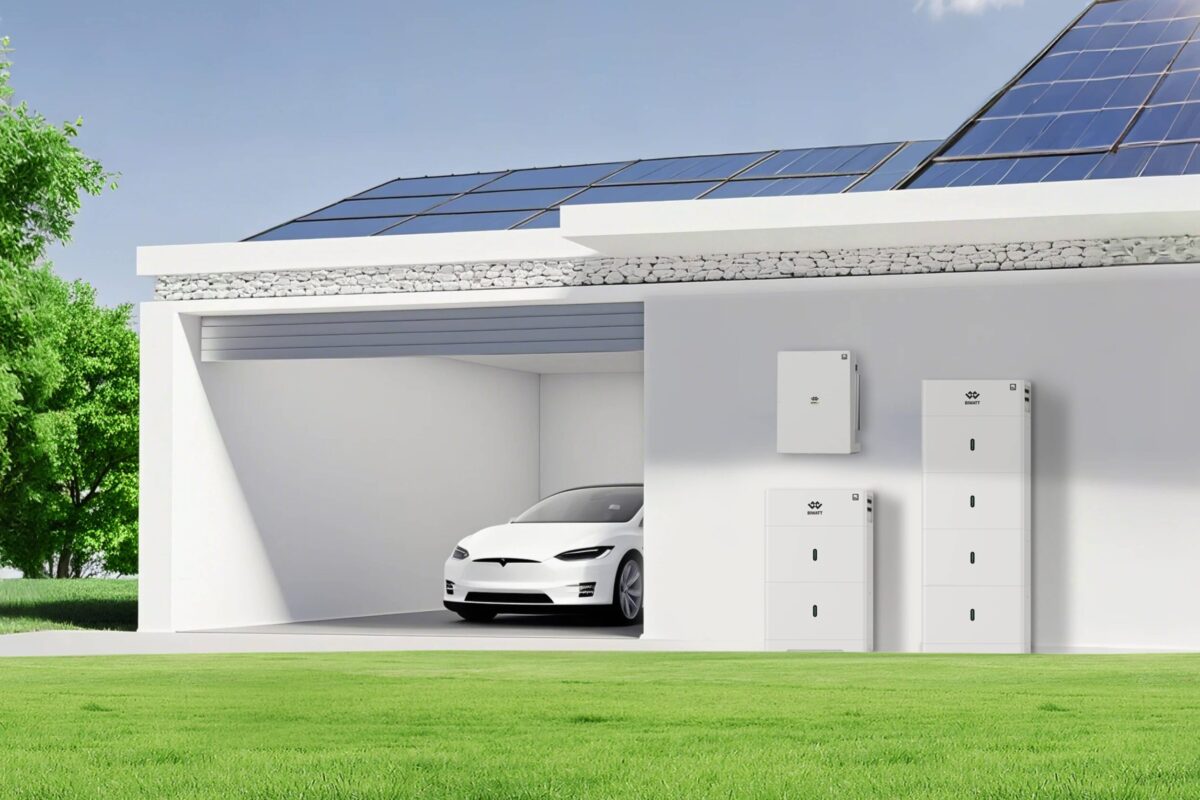From pv magazine USA
In 2021, the US Department of Energy announced a goal of 100% clean electricity by 2035 and net-zero carbon emissions by 2050. To help energy planners and policymakers move in that direction, The Nature Conservancy studied strategies that maximize clean energy benefits while minimizing land use. The report, “Power of Place: Clean Energy Solutions that Protect People and Nature,” combines analysis of energy development impacts on emissions, land, and communities in the continental United States, in an effort to identify low-impact pathways to a net-zero national economy by 2050.
The report acknowledges the momentum behind clean energy development and said that recent investments by Congress will accelerate development, shore up and expand infrastructure and encourage deployment of other green technologies such as hydrogen, storage and carbon capture. However, it cautions that the rapid buildout could have a negative impact on land, natural habitats and more.
The report estimates that between 3.1 TW and 3.5 TW of wind and solar generation capacity is needed for the United States to reach net zero by 2050. If development continues with current methods, it would take over 250,000 square miles to produce that much clean energy. Instead, the researchers have developed a 70% impact reduction scenario where only 135,000 square miles would be needed.
The 70% scenario is achievable by adopting approaches that take up less space and to avoid sensitive areas. Three recommended approaches include co-locating of wind and solar, siting agrivoltaics on farmland; and employing fixed-tilt solar.
Locating solar and wind systems on the same site is an effective way to save land. Fixed-tilt solar installations takes up less space and are a good land-saving option, the report notes. While single-axis trackers generate more electricity in the sunnier, southern regions, the report concludes that fixed-tilt is better for places with smaller average project sizes or high land cost.
Implementing the 70% impact reduction scenario will cost about 6.3% more than the current trajectory, the study says. However, the researchers acknowledge that this may be an overestimate because by avoiding sensitive areas, there will be a reduction in cancellation rates, permitting delays, and the need for mitigation.
Trade-offs will continue between providing clean energy for all and minimizing disruption to communities, protecting natural areas and maintaining productive croplands. It is because of these tradeoffs that the researchers provide a framework for designing policies and practices that will balance these issues.
The framework begins with long-term transmission planning, which the report notes should take into account conservation and community data. “Inclusive, participatory planning processes are needed to ensure that economic and environmental benefits and burdens from decarbonization are shared equitably.”
Adopting a regional approach is the second step in the framework. The report notes that the United States is regionally diverse in terms of geography and land use, electricity markets, economies and more. Energy policies also differ from state to state. It is important for policy makers at all levels to understand the differences in each region in order for them to enable a “responsible energy buildout”.
Further recommendations include ways of speeding up interconnection queues, community engagement, adopting incentives for land-saving approaches on croplands, and prioritizing transmission investments in inter-regional connections.
The report authors acknowledge that decarbonizing the economy is no small feat and will cost an estimated $1.87 trillion. They note that it is larger than the buildout of the interstate highway system that took place between 1950 and 1980. And it is because the clean energy transition is cost effective and beneficial to all, the researchers encourage “informed, equitable and early planning” that considers the use of land-saving technologies and investments.
This content is protected by copyright and may not be reused. If you want to cooperate with us and would like to reuse some of our content, please contact: editors@pv-magazine.com.




It is advisable rather to erect horizontal solar farm to occupy more productive land and costly purchase of land and construction of transmission lines, suggesting to erect vertical solar farms on high ways sides to reduce cost and easy transmission of both solar and wind power.
It will be better to construct hybrid solar and wind farm.